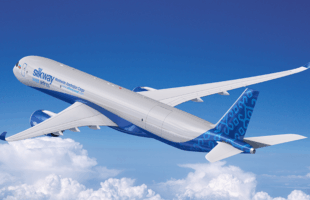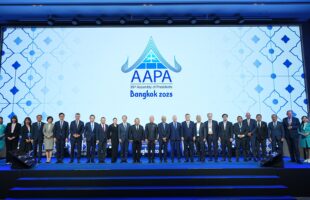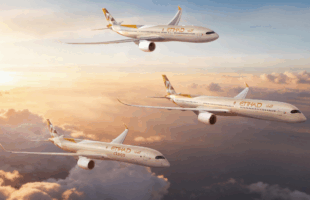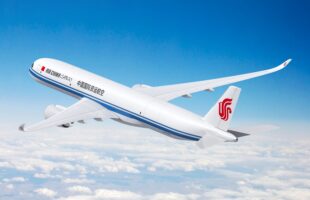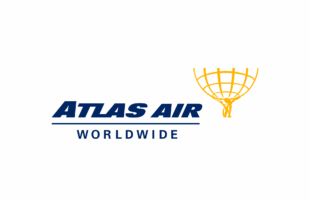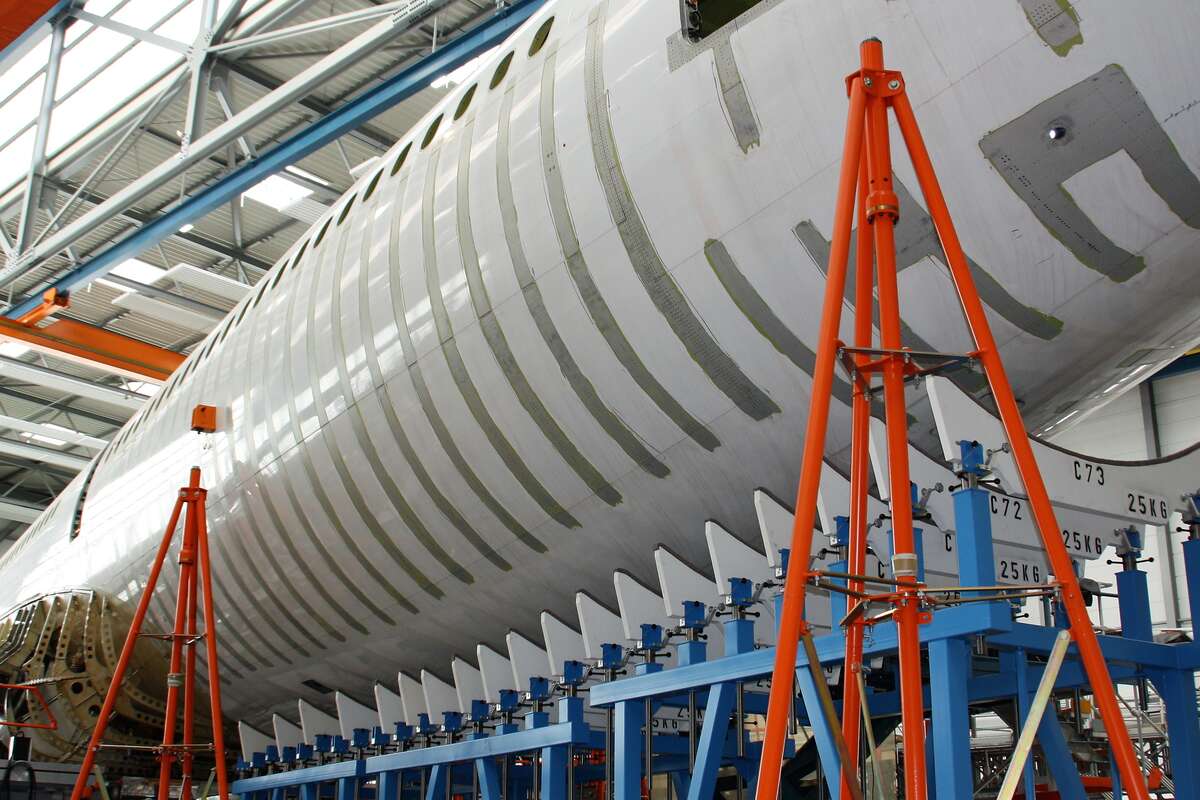
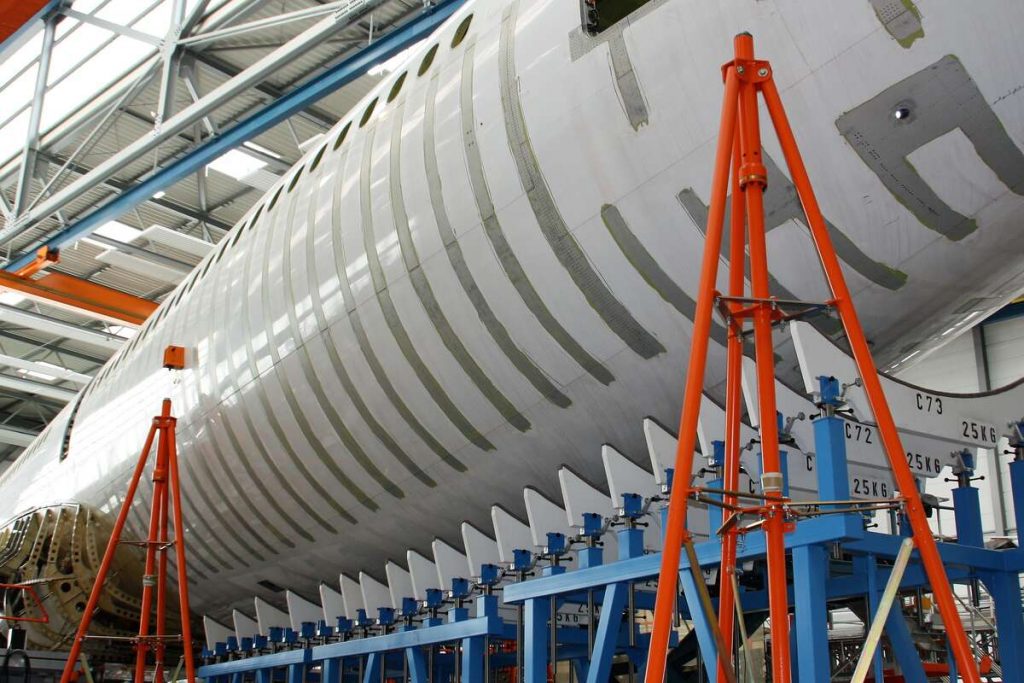
The relentless growth of e-commerce and a change in consumer behaviour, with more people buying online has created what some would say a renewed interest in purchasing freighters and converting older passenger aircraft for cargo use.
Whilst reports say 90 percent of freighters around the globe are Boeing jets, Airbus thinks its conversion programme for the widebody A330 and narrowbody jets like the A321 and A320 is set to take a piece of the former’s share in freighter operations worldwide.
In particular, the company is looking at the prospects of the A321P2F conversion programme which could easily rival its nearest freighter platforms. MRO and conversion specialist Elbe Flugzeugwerke GmbH (EFW), an Airbus joint venture with ST Engineering, is in charge of leading the overall programme and commercialisation, and the company believes the aircraft will be a ‘game changer.’
“The strength of the A321 is clearly its capability to accommodate fully containerised cargo on both decks—a game-changer in this freighter size segment, and something which is not available on competing freighter platforms up to the B757,” said Thomas Centner, director sales for aircraft conversion at EFW.
In October of last year, the company re-delivered the first converted freighter to aircraft lessor Vallair, its launch operator for the A321P2F programme. The aircraft has since then entered service with Qantas who will be flying the aircraft for Australia Post.
Since then, the group has delivered a second aircraft to lessor BBAM and secured orders for four from Dublin-based leasing company GTLK Europe. In December last year, EFW announced that it will start converting A321s in China at ST Engineering’s facility in Guangzhou.
Narrowbody, widebody or both?
With the unexpected impact of the coronavirus to operations, airlines have been scouring ways to find much needed revenue, with some making the quick shift to focus on cargo which has been the bright spot over the last year.
Whilst the Airbus narrowbody freighters are ideal for domestic and regional cargo flights, EFW’s vice president for marketing and sales, Wolfgang Schmid, is optimistic about the potential of widebody conversions. “On the widebodies, it might be a bit more on the A330-300s because of the volume providing the space for ecommerce goods,” he mentioned.
ST Engineering’s EVP/head of aviation asset management, Yip Hin Meng, agrees: “If you look at the widebody freighter market, with the last production 747-8F expecting to roll out in 2022 and the 767-300ER feedstock dwindling, it is inevitable that attention will turn to the A330 and the Boeing 777 both as a production freighter as well as a converted freighter,” he noted.
Whilst a suitable rival for the 777F in terms of payload capacity and long haul capabilities is yet to unsurface, reports have hinted a possible A350 cargo variant to go head to head with the twin-jet freighter. Right now the closest the concept has come was Asian Airlines’ decision to replace 283 economy seats with cargo pallets on the cabin floor to firmly secure loads.
More feedstock, cheaper prices
With the growth seen by all-cargo airlines and cargo divisions of combination carriers, it was not too long before aircraft lessors and even investors started noticing. Recently, ST Engineering, through its aviation asset management unit, announced a joint venture project with Temasek to focus on leasing cargo aircraft. Right after it secured orders from US-based startup carrier GlobalX for five A321P2F converted aircraft.
“Both Temasek and ST Engineering saw the market opportunity for air cargo transport in the next decade arising from the growth of e-commerce and express freight as well as the impending retirement of the aging freighter fleet, and wanted to be part of that growth story by introducing more emission friendly, new-generation freighters,” explained Hin Meng.
The joint venture will be focusing on narrowbody aircraft and the plan is to purchase passenger plane feedstock at lower prices with intention to finance older aircraft through a mix of equity and debt. With more feedstock expected over the next few years, EFW said it is happy to learn that conversion and feedstock prices are meeting the expectations in Asia as well.
“In terms of obtaining long-term predictability and not willing to profit from crises we sustain on our prices levels (of course escalated by the years). On the other hand, no discounts are to be expected,” said EFW’s Schmid. On the widebodies, ST Engineering’s Hin Meng observed 20%-25% discounts on 15-year-old aircraft available for purchase, but he warned that lessors may have to think twice before jumping on the bandwagon.
“The combination of the COVID-impact asset valuation and the boom in air freighter demands are making cargo conversions attractive. However, the process of selecting the right aircraft with the required specifications and the complicated nature of converting a passenger aircraft into a freighter may not be the path every lessor is prepared to undertake,” Min Heng said.
Securing orders
Airbus predicts that around 1,000 small freighter conversions will be required over the next 20 years to replace ageing fleets and cater for growth, which will make a solid market potential for the A321P2F programme. Aside from the Guangzhou facility, ST Engineering and EFW are setting up additional conversion sites in the US and Germany, which will ramp up world-wide conversion capacity for the type to 25 slots per year by 2023.
In line with the foreseen demand, EFW in an interview recommended talking to the company as early as possible to assess the suitability of potential feedstock airframes. Whilst the company doesn’t source the air frames, it noted, customers are advised to source aircraft which come from the same original production batch. This, the company says, will minimise variations and complexity within their fleet, compared with having different aircraft build standards.
“In principle all A321s can be converted to freighters,” said EFW’s Centner. “In order to avoid additional cost, the airframes sourced by the customers should ideally be the upper type-certified ‘weight variants’ (WV) and be equipped with the most recent avionics hardware and software. If this is not the case, upgrades can be installed which can be coordinated with Airbus’ and EFW’s respective upgrade services teams… In the end the feedstock selection depends on the ‘ramp price’ after conversion, so each business case is individual, he added.
Technicalities aside, ST Engineering said that converting older aircraft to fuel efficient freighters will provide an option for air cargo operators but more important would be the global emphasis on environmental sustainability and related legislations.
“The Temasek-ST Engineering JV will emphasise on, but not limited to, marketing pro-actively to ESG-focused operators with stated carbon footprint reduction targets and sustainability policies that align with at least the minimum standards and guidelines of internationally recognised industry associations and/or industry regulators,” Min Heng noted.
Jeffrey Lam, president/head of commercial aerospace at ST Engineering, expressed in a statement during the JV announcement: “We welcome and look forward to working with other potential like-minded partners who are looking to invest in the strong freighter aircraft leasing market. In the medium to long-term, the JV intends to securitise the leasing income streams by way of a business trust to unlock capital.”



